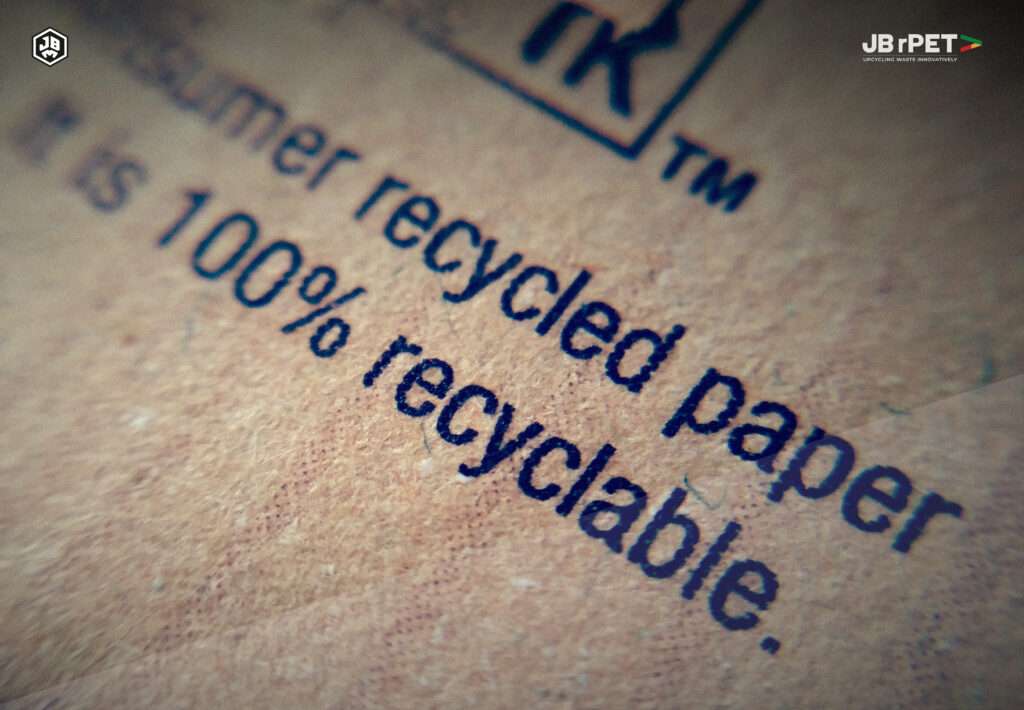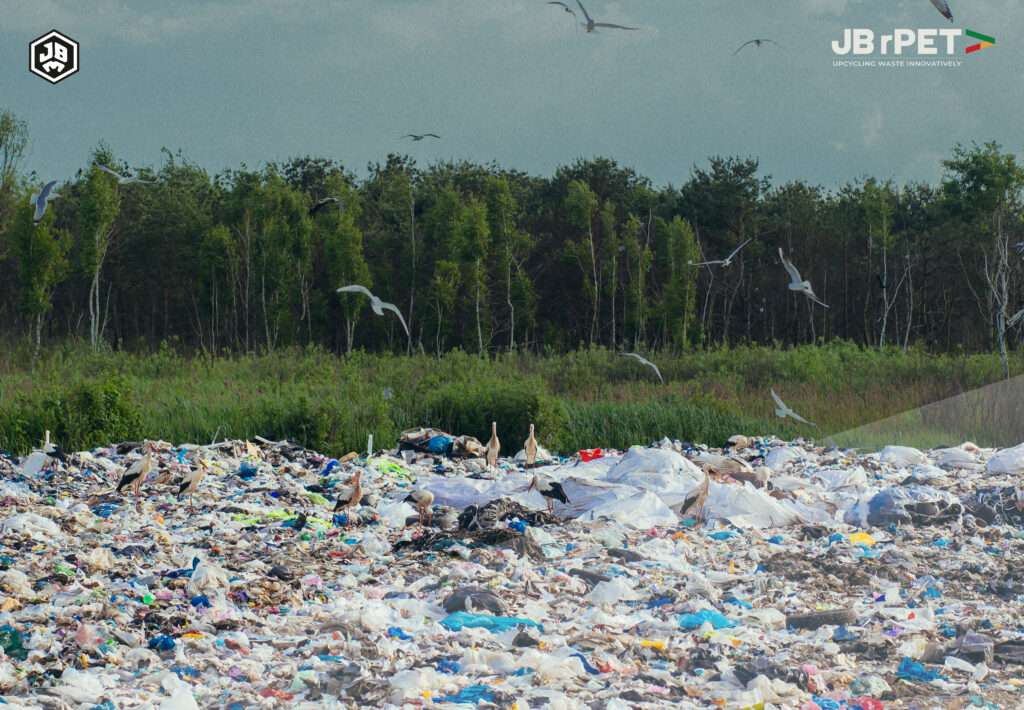Home / Why rPET demand is set to soar
Did you know that PET is the world’s most recycled plastic? According to GlobeNewsWire, India’s recycled PET market size is projected to grow at a CAGR of 9.3% during 2024-2030. Read this article to understand why.
Unlike traditional PET, which leads to plastic waste, rPET reduces the quantity of plastic waste that finds home in landfills and oceans. Consumers are now highly mindful of this change and becoming conscious of their practices. This has led to brands adopting innovative eco-friendly practices. This significantly lowers the carbon footprint, contributing to the sustainable revolution. While this has a major role to play, rPET demand is set to soar due to various other factors.

Government policies: India
The government of India have set targets on the quantity of recycled content to be used in products:
50% recycled plastic for some types of plastics (Category 1 and 4) by 2025.
30% recycled plastic for other types of plastics (Category 2 and 3).
Other steps that have led to an increase in rPET demand is the implementation of various rules, from Plastic Waste Management Rules to e-Waste Management Rules. Extended Producer Responsibility (EPR), for example, stipulates that manufacturers should take charge of the entire lifecycle of their products, including their final disposal.
The Delhi Plastic Waste Management Bylaws, 2016, emphasises the reduction of plastic waste and the promotion of recycling.
Maharashtra’s Plastic and Thermocol Products Notification, 2018, mandates a buy-back scheme for PET bottles and establishes a deposit refund scheme.

Japan: Launched in April 2022, The Plastic Resource Circulation Act involves all stakeholders in promoting “3R+Renewable” and enhancing circularity. It targets the entire lifecycle of plastics.
European Union: The Single-Use Plastics Directive aims to cut down on single-use plastics. It states that plastic packaging should be recyclable or reusable in an economical way. Its actions include limitations on the market, cuts on consumption, mandates for labeling, and more.
Australia: In an endeavor to guarantee the implementation of improved waste management, the National Waste Policy Action Plan was introduced in 2019. Among its elements are the goals of diverting 80% of waste from landfills by 2030 and reducing the overall amount of waste created per person by 10% by the same year.
Innovations
Brands are striving to become more eco-friendly, which has been made easy with innovations at every step of the manufacturing process. FMCG firms are aiming for 50% recycled PET in packaging by 2030. Interestingly, Hindustan Unilever has incorporated 90% recycled PET packaging for specific product segments.
Walking towards plastic circularity in India, Coca-Cola has manufactured new bottles made entirely from 100% food-grade rPET. This is worth appreciating because this is the first time in India that a food and beverage bottle is manufactured using 100% rPET.
ITC is adopting a circular approach to waste management, including plastic waste. It is committed to designing products and processes that minimise waste and maximise the value extracted from resources. With its WOW (Well-being Out of Waste) and Solid Waste Management (SWM) programme, it is doing its part to reduce its carbon footprint and undo the damage to the planet.
Owing to such commendable changes by brands, customer preferences are also shifting. As a result, rPET is set to be an achievable yet attractive option for manufacturers. Since the quality and purity of rPET have also improved due to innovations in recycling technology, it will be giving it tough competition to virgin PET.

rPET demand in various applications
Bottles:
The most obvious on the list, the beverage industry is one of the largest consumers of PET plastics. Due to environmental factors and Government regulations, brands are driven toward making bottles using rPET flakes. rPET bottles are safe, 100% recyclable and shatterproof. This helps them enhance the brand image and outline corporate social responsibility.
Fiber:
rPET flakes are widely used in the production of fibres for clothing, carpets, and other fabric-based products. The carpets and rugs made using them offer similar performance to those made from virgin materials.
By weaving them into textiles for t-shirts, jackets, sportswear, and more, fashion brands are launching their sustainable collection. The environmentally conscious consumers are inclined towards this concept.
Strapping:
Used in various logistics, constructions and other industries, plastic strapping materials are made using rPET. They are preferred because of their strength and durability, which helps secure goods during transportation. The sustainable revolution has led to an increase in rPET use and brands are making the best use of it.
Others:
rPET flakes have many other diverse applications, including manufacturing sheets, films, and containers for food and non-food products, to name a few. From food containers to non-food ones, it is versatile and high in demand.
Conclusion
The consumer behaviour shifts, corporate strategies, processing efficiency and the wide use of rPET in various industries indicate that the demand for rPET is set to soar. We, at JBrPET are at the forefront of this endeavour with our future-oriented technology. To ensure a steady supply of high-quality rPET, we transform PET bottles into 100% upcycled pellets suitable for use across fashion and packaging industries. Join us in this movement and relook at your impact on the planet!










